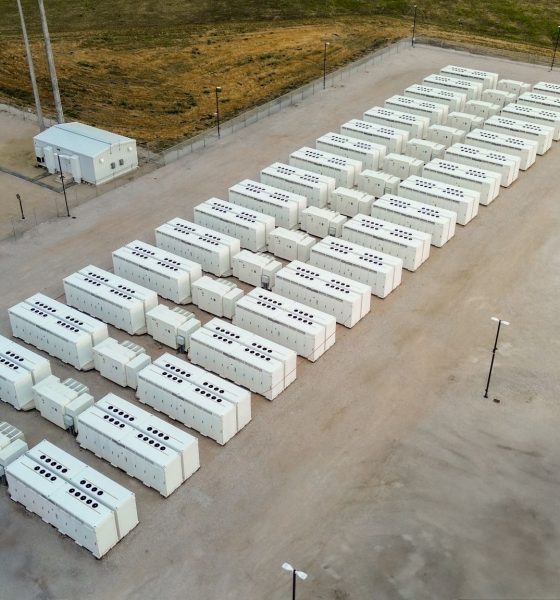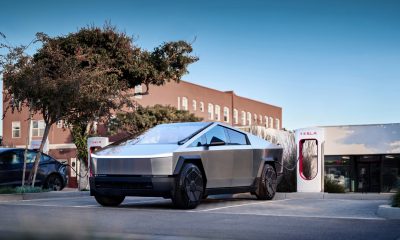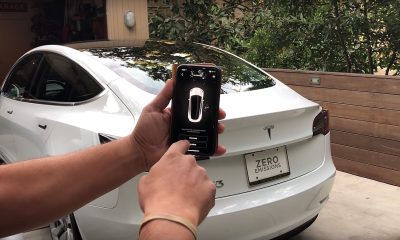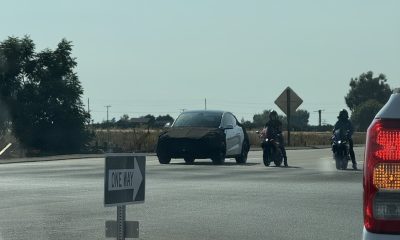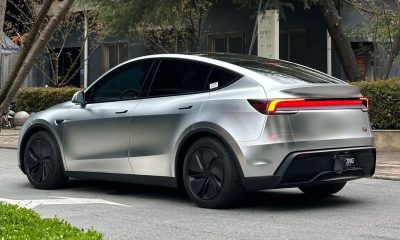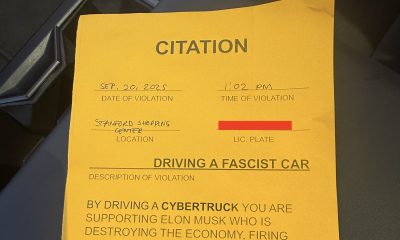Tesla has officially powered on its latest Megapack project in the U.S., this time landing in Texas to help the state’s energy provider stabilize the grid.
On Friday, Tesla announced that it has officially energized a 125 MW/250 MWh Megapack project operated by Autobidder in North Texas, as announced by the company’s energy account on LinkedIn. The project is being operated in tandem with the Electric Reliability Council of Texas (ERCOT), and Tesla says the installation will help with both supporting grid stability and managing the utility provider’s accelerating load growth.
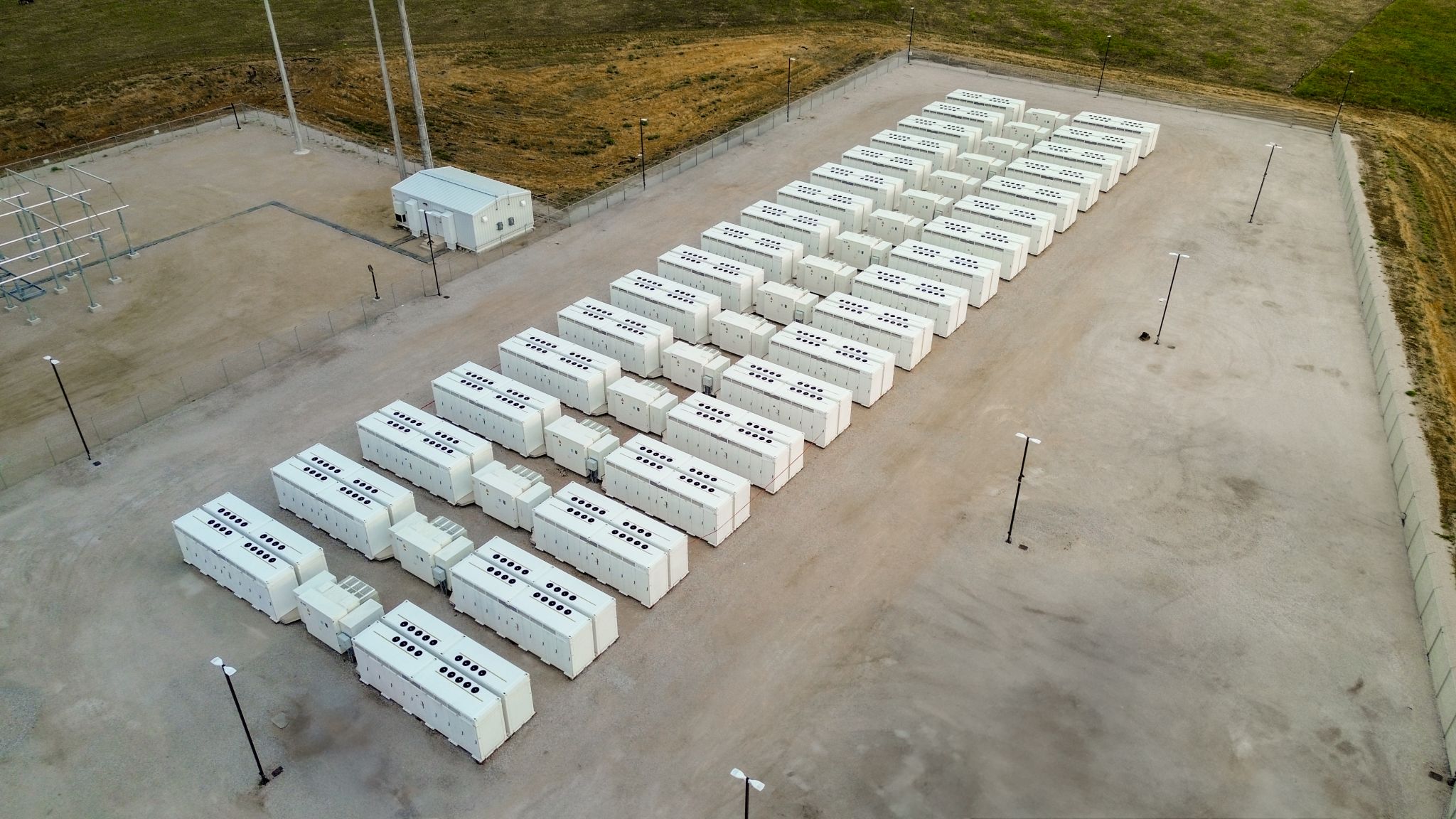
Credit: Tesla Energy | LinkedIn
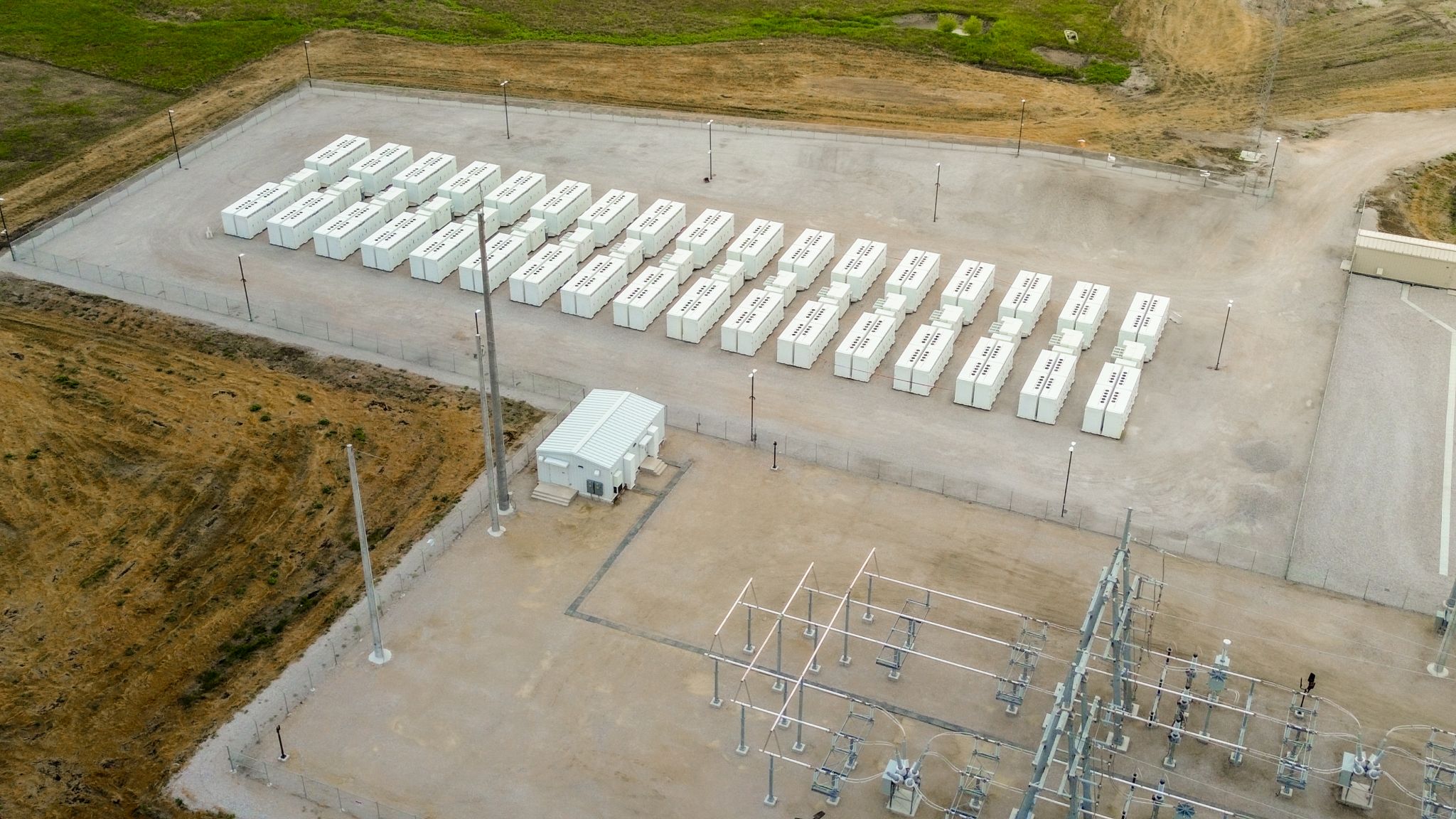
Credit: Tesla Energy | LinkedIn
Tesla has been rapidly deploying its grid-scale Megapack batteries this year, and it has announced a number of newly operating projects around the world over the last several months. Over the summer, Tesla secured a contract for three Megapack projects totaling 15.3 GWh of energy storage across three sites, 966MWh of which is located in Texas. The sites will be operated in partnership with Intersect Power, which says that the company is aiming to have the projects commissioned within a year of announcement.
The company produces Megapacks at its “Megafactory” in Lathrop, California, which has been ramping up production of the energy storage product over the last couple of years. Eventually, the company is expecting to reach a volume annual production of 10,000 Megapacks or 40 GWh. Meanwhile, Tesla is nearing completion of a Megafactory in Shanghai that will feature the same yearly production capacity after a ramp-up period, and the plant is already aiming to start shipping Megapack units in Q1.
Tesla built its 10,000th Megapack in Lathrop earlier this month, indicating that the company is progressing toward its annual production target, after it broke ground on the site in 2021 and began production in 2022. The company’s energy division has also been growing into its highest margin business, and sales growth in the sector has been outpacing that of Tesla’s automotive business—both of which were predicted by Elon Musk going into 2024.
As of the end of Q3, Tesla announced that it deployed a record-breaking 20.3 GWh of battery storage projects in the nine-month period, which was already more than the company deployed throughout all of 2023 (14.7 GWh). The figure, split between the Megapack and the Powerwall home batteries, was made up of 6.9 GWh deployed in the third quarter, 9.4 GWh in the second, and 4.1 GWh in the first three months of the year.
What are your thoughts? Let me know at zach@teslarati.com, find me on X at @zacharyvisconti, or send us tips at tips@teslarati.com.
Tesla Megapacks to support two big storage projects in Australia
News
Tesla bolsters Referral Program with big change and bigger rewards
The Tesla Referral Program offers benefits to both car buyers and existing Tesla owners, including complimentary Full Self-Driving trials, free Supercharging miles, and discounts on select purchases, such as cars.
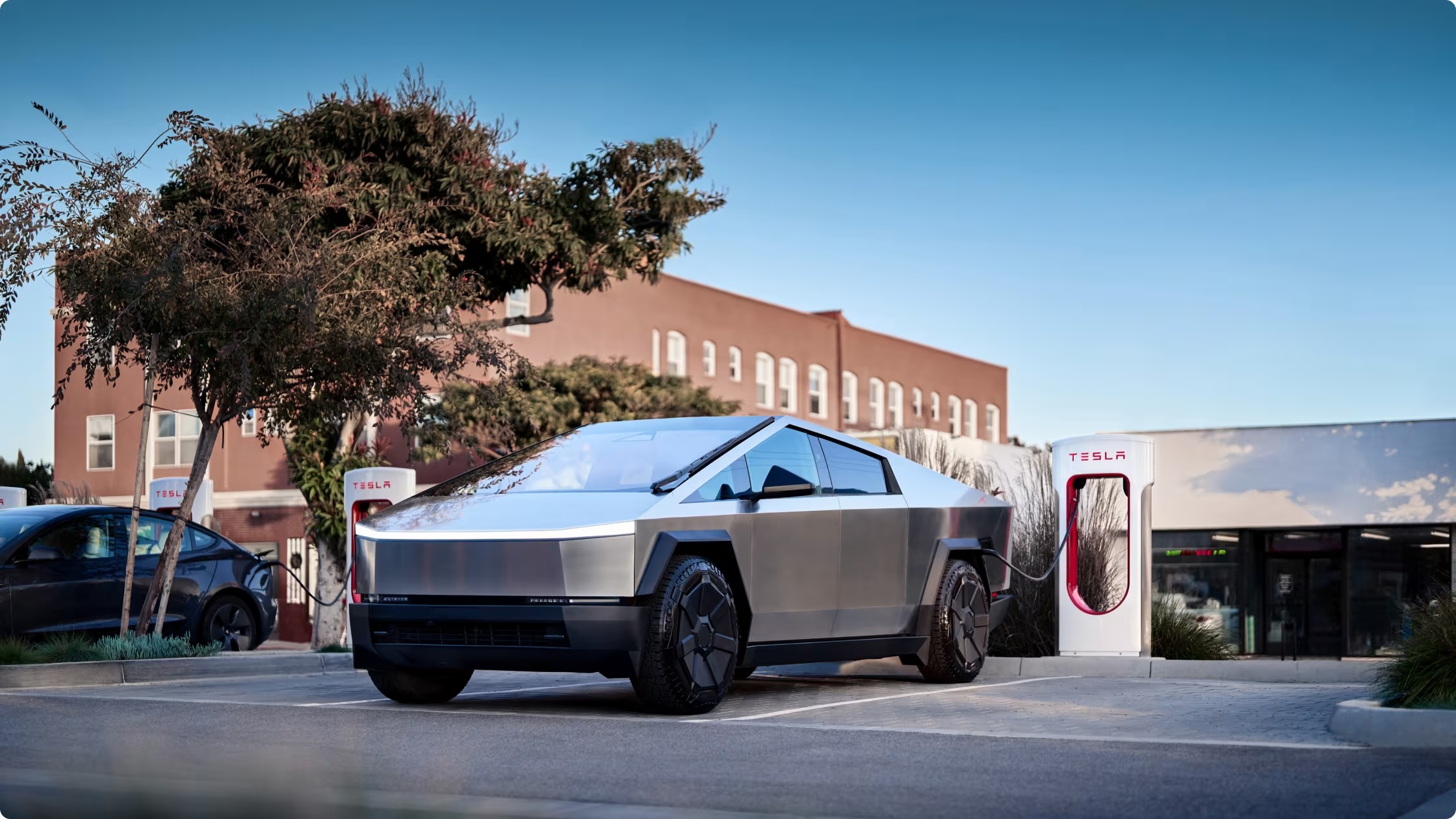
Tesla has bolstered its Referral Program by offering more significant benefits for both the referrer and the referee. However, it only applies to certain vehicles in the Tesla lineup.
The Tesla Referral Program offers benefits to both car buyers and existing Tesla owners, including complimentary Full Self-Driving trials, free Supercharging miles, and discounts on select purchases, such as cars.
It changes relatively frequently, and is a great way to encourage people to buy a new car. Tesla is routinely making adjustments to it to stimulate demand, but the referral program likely does not encourage too many sales. Instead, it’s more of a reward for the referrer.
However, the latest adjustments are more substantial for both the buyer and the owner, offering pretty sizeable discounts on the purchase price of a Model S, Model X, or Cybertruck.
There are also discounts for current owners, giving them money off of all five Tesla vehicles.
Here’s the rundown of the new Referral Program awards:
- You’ll earn $250 in Tesla Credits for each person you refer who takes delivery of a new Tesla
- The first 10 people who order a new Model S, Model X, or Cybertruck using your referral link and take delivery will receive $1,000 off their purchase
- When you purchase a new Model S, Model X, or Cybertruck for yourself, you’ll get $1,000 off
- When you purchase a new Model 3 or Model Y, you’ll get $500 off
- Limited to 10 awards
Tesla changed the referral program slightly for those using your code! pic.twitter.com/JBFzKlxsJg
— David Lescatre Jr (@DavidLescatreJr) September 21, 2025
This is a pretty big discount as $1,000 off a Model S, Model X, or Cybertruck is a nice benefit to three of Tesla’s most expensive vehicles.
The additional $500 off a Model 3 or Model Y is also a nice cushion. A similar Referral Program was launched by Tesla last August.
News
Tesla adjusts ‘Actually Smart Summon’ to avoid one common complaint
Tesla is adjusting Summon Standby’s settings slightly to combat the loss of battery life some owners might see with the feature active.
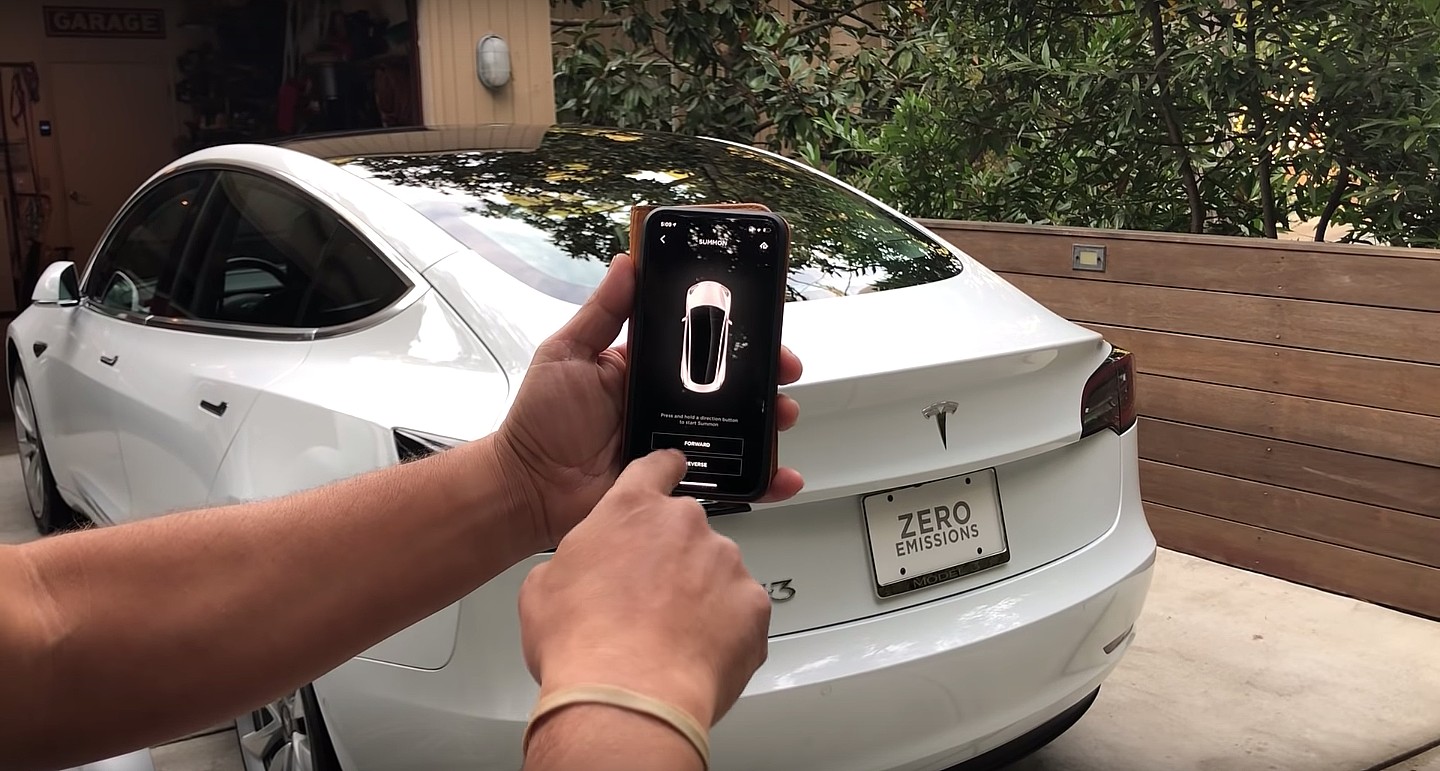
Tesla has adjusted one portion of its “Actually Smart Summon” (ASS) feature to address a common complaint from owners: battery drain.
Teslas have a lot of really awesome features that make them one of the most technologically advanced vehicle models on the market. Things like Sentry Mode, Cabin Overheat Protection, and ASS’s “Summon Standby” features all keep the car on its toes for anything that comes its way.
Tesla finally launches Actually Smart Summon and Dumb Summon
However, the activation of these features contributes to battery drain while the vehicle sits parked. The amount varies, but I personally have lost up to five percent with some of these features active. That’s a lot if you do not utilize home charging.
Tesla is doing what it can to combat the battery drain with each of these features. It has done so with Sentry Mode, as an update last year helped combat battery percentage loss due to the activation of the security feature.
It also recently introduced “Low Power Mode,” which will automatically deactivate some features if your battery falls below 20 percent. This is a great way to combat battery loss if your car is parked somewhere long-term, like an airport, for example.
There is also another feature that is attached to ASS called “Summon Standby.” This keeps the vehicle awake in case the owner needs quick connectivity to the vehicle, allowing them to summon the car to their location swiftly.
But there’s a drawback: keeping this feature activated will drain the battery. By default, the feature is activated when you take your car home, so you have to turn it off manually by accessing the settings menu inside the vehicle.
Turning this off would save you between 2% and 3% overnight, in my experience. With ASS still being a feature that needs some work, I chose to turn Summon Standby off. ASS will still work with the standby mode deactivated; it will just take a few more seconds for your phone to connect to the vehicle.
Tesla is adjusting Summon Standby’s settings slightly to combat the loss of battery life some owners might see with the feature active.
According to Not a Tesla App, Tesla has rolled out two conditions for which Summon Standby will be deactivated automatically:
Overnight Deactivation
Summon Standby will automatically be deactivated from midnight to 6 a.m. every night, which appears to be a data-driven decision made by Tesla based on the feature’s least-used hours.
This automatic pause cannot be turned off, at least for the time being.
Extended Parking Deactivation
If your Tesla is parked for over 24 hours, Summon Standby will also be deactivated automatically.
This is a great way to save battery life for those who are on vacation or are at home for several days in a row. This works similarly to the Low-Power Mode we talked about earlier in this article.
Elon Musk
Neuralink is planning to launch US trials translating thoughts into text
The trial could help pave the way for people with speech impairments to communicate more quickly and efficiently.

Neuralink, Elon Musk’s brain-computer interface company, is reportedly planning to start a US clinical trial in October to use its technology to translate thoughts directly into text.
The trial was approved by the FDA under an investigational device exemption, and it could help pave the way for people with speech impairments to communicate more quickly and efficiently.
Thought-to-text technology
The upcoming trial aims to read speech directly from the brain, enabling participants to transmit words without moving their mouths or using a keyboard, as noted in a report from Bloomberg News.
DJ Seo, Neuralink’s president, told an audience at the Korea Foundation for Advanced Studies in Seoul that the company hopes to demonstrate communication with large language model AI platforms “at the speed of thought,” potentially faster than spoken speech.
“We think that it’s actually possible to demonstrate abilities to speak to the latest AI model, or LLM models, at the speed of thought, even faster than how you’re speaking, and being able to potentially get that information back through your AirPods, effectively closing the loop,” Seo stated.
Production ambitions
Ultimately, Seo described the trial as a stepping stone toward broader human enhancement and consumer-facing applications, beyond the company’s initial focus on medical conditions like ALS, stroke, blindness, and Parkinson’s disease.
While initial implants will focus on patients with severe speech impairments, Neuralink plans to eventually expand to healthy individuals by 2030. The company aims to scale to 20,000 implants per year by 2031.
“We’re currently envisioning a world where, in about 3 to 4 years, there will be someone who’s otherwise healthy who’s going to get a Neuralink. If you’re imagining saying something, we would be able to pick that up,” the executive noted.
-
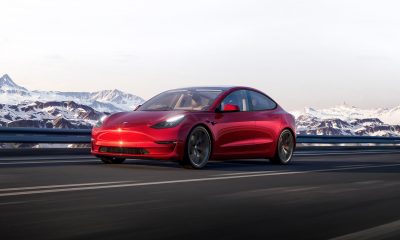
 News2 weeks ago
News2 weeks agoTesla is improving this critical feature in older vehicles
-
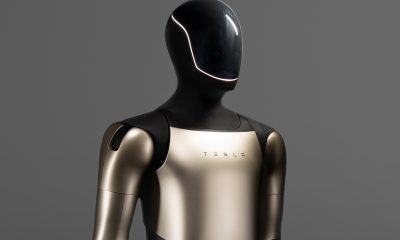
 Elon Musk2 weeks ago
Elon Musk2 weeks agoElon Musk confirms Tesla has never shown Optimus V3 design yet
-
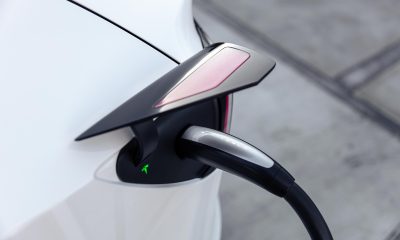
 News2 weeks ago
News2 weeks agoTesla launches MultiPass to simplify charging at non-Tesla stations
-
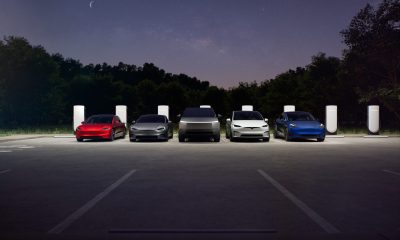
 News2 weeks ago
News2 weeks agoTesla is bailing out Canadian automakers once again: here’s how
-
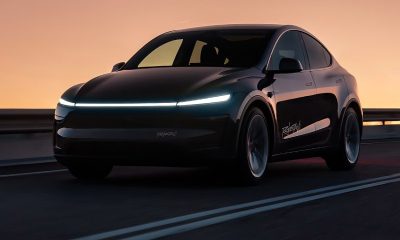
 News2 weeks ago
News2 weeks agoTesla lands regulatory green light for Robotaxi testing in new state
-
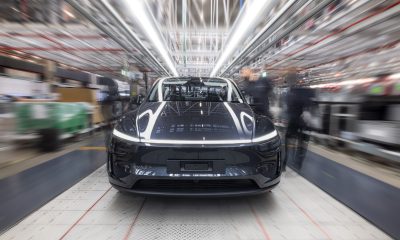
 Investor's Corner2 weeks ago
Investor's Corner2 weeks agoTesla bear turns bullish for two reasons as stock continues boost
-

 Elon Musk2 weeks ago
Elon Musk2 weeks agoStarlink’s EchoStar spectrum deal could bring 5G coverage anywhere
-
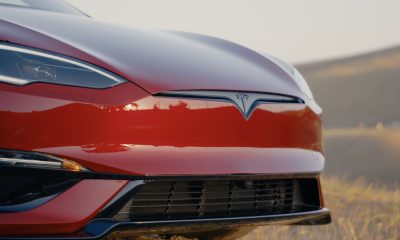
 News2 weeks ago
News2 weeks agoThis signature Tesla feature is facing a ban in one of its biggest markets

